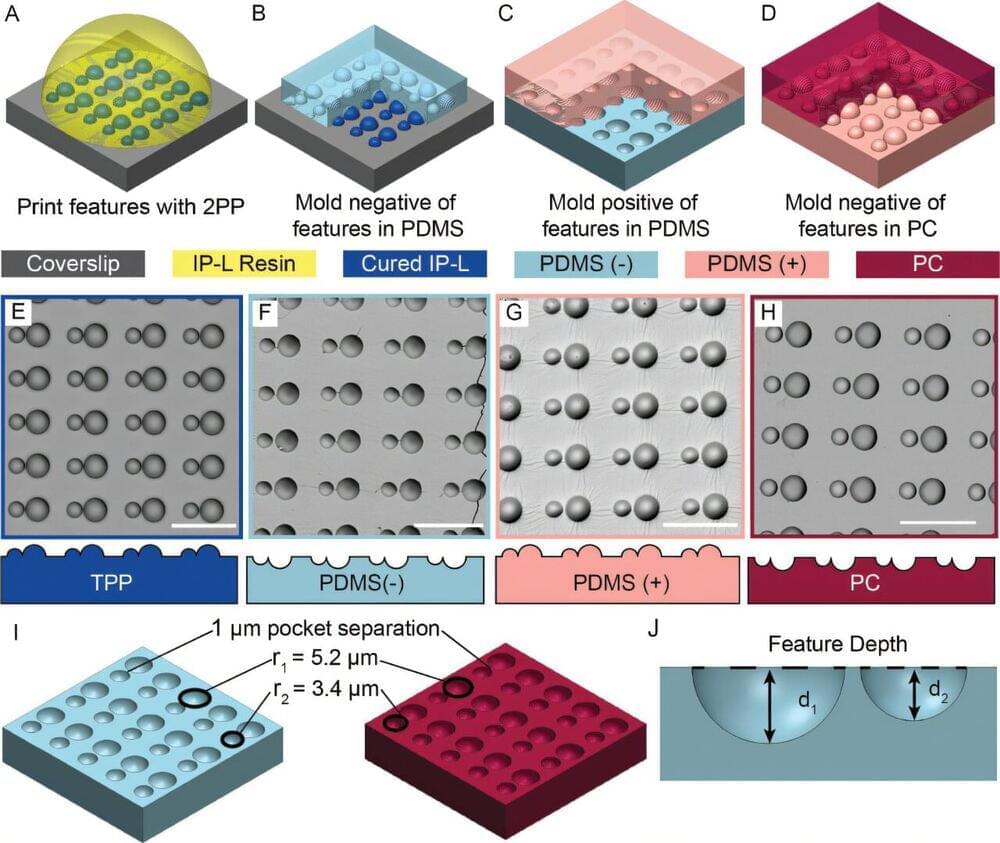When robots are made out of modular units, their size, shape, and functionality can be modified to perform any number of tasks. At the microscale, modular robots could enable applications like targeted drug delivery and autonomous micromanufacturing; but building hundreds of identical robots the size of a red blood cell has its challenges.
“At this scale, robots are not big enough to hold a microcontroller to tell them what to do,” explained Taryn Imamura, a Ph.D. Candidate in Carnegie Mellon University’s Department of Mechanical Engineering.
“Active colloids (the robots) have what we call embodied intelligence, meaning their behavior, including the speed at which they travel, is determined by their size and shape. At the same time, it becomes more difficult to build microrobots that have the same size and structure as they get smaller.”
